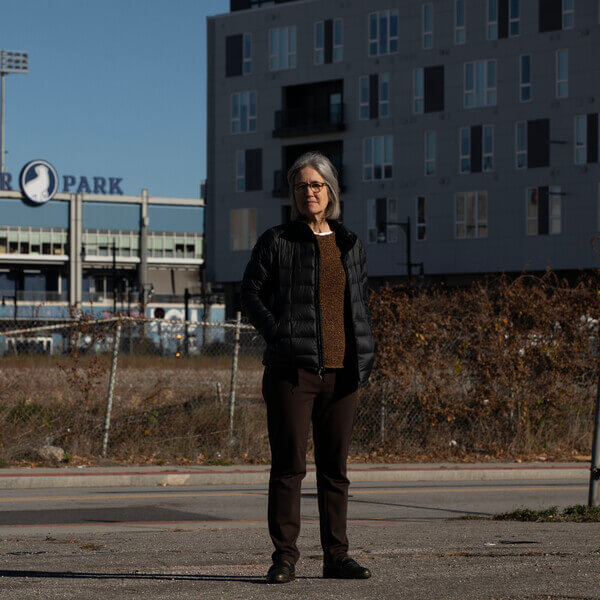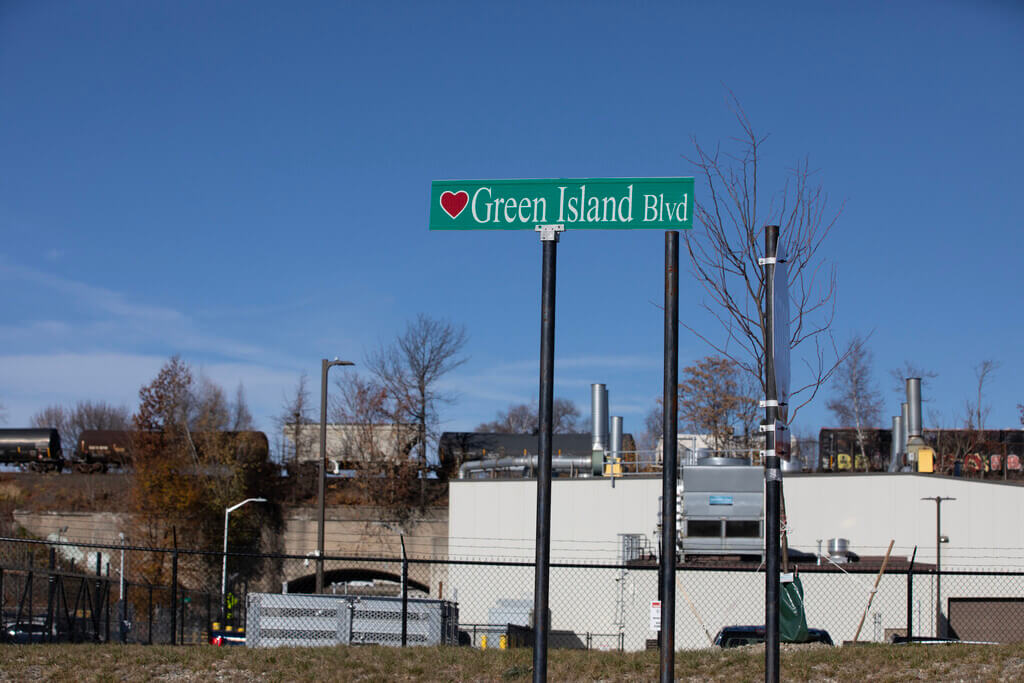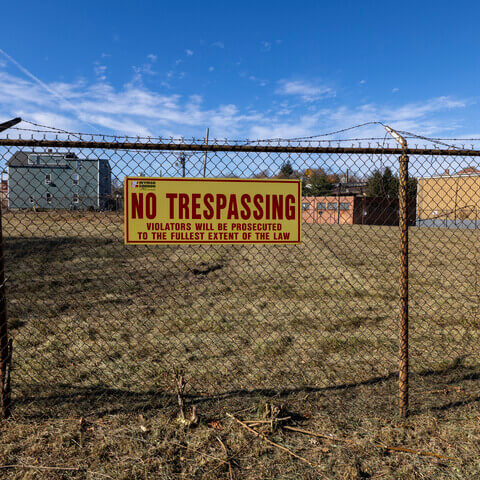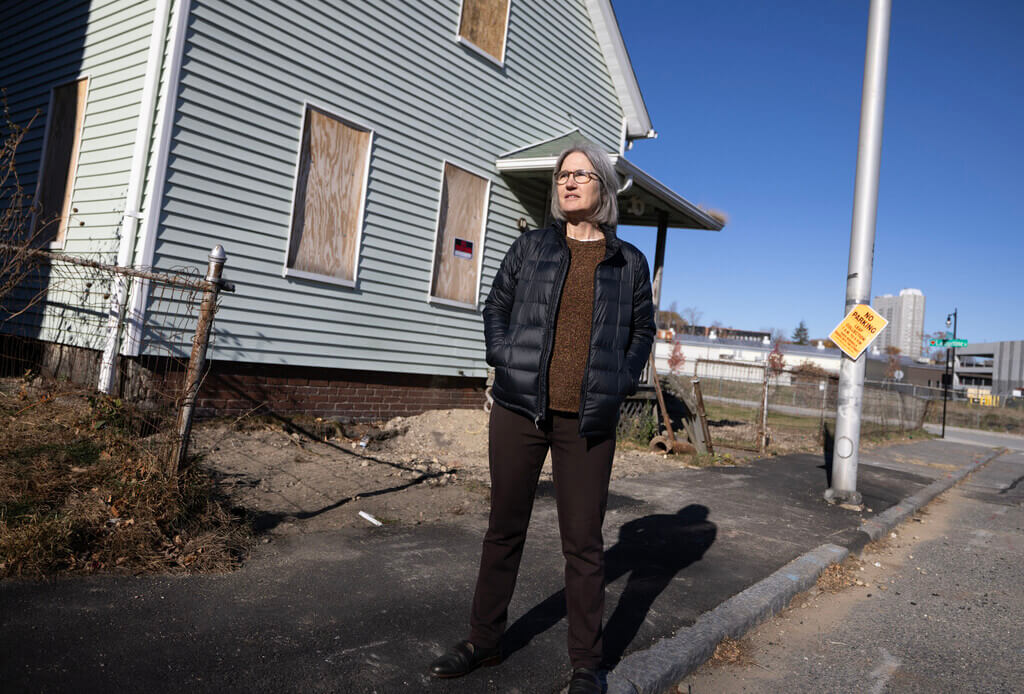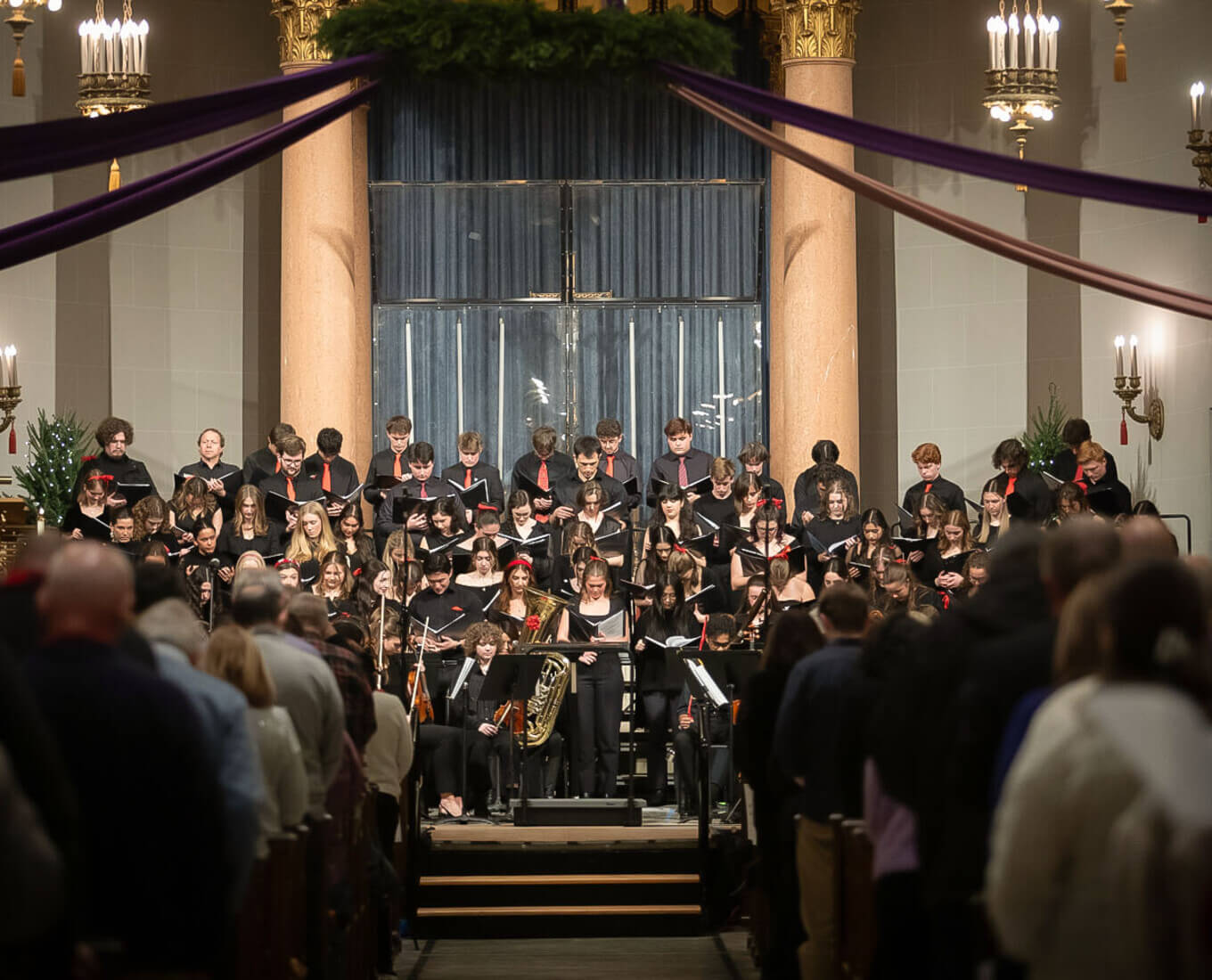Luria said she understands that cities grow and evolve and that Green Island has always had a degree of turnover as residents move in and out. Neighborhoods like it serve an important role in cities, serving as a starting point for those new to the city, be they from out of town or overseas.
“It’s one thing if a neighborhood wants to leave,” she said, “and it’s another if the current immigrants tell my class that ‘We want to stay. We’re not happy about the rents going up. We came here because it was affordable.’”
Among the students speaking with residents was Domber, who took Luria’s Nature of Worcester during the 2023-2024 academic year. While the first-semester course was more classroom-based, discussing the city’s history and contemporary issues, the second semester was a Community-Based Learning project that connected students with Green Island through service work.
“It humanized the issues we’ve been hearing about even more,” Domber said, who worked at the Green Island Neighborhood Center, stocking food, helping residents file paperwork for social services and keeping the space clean.
Speaking with community members, Domber said he gained a deeper appreciation for what the neighborhood meant to them, as a collective social history heard from those raised there and who, in turn, raised their own children there: “To really hear their stories and connect with them shifted my perspective.”
While Domber said he still believes development and revitalization can benefit a city and its people, his position is more nuanced.
“It really opened my eyes to the impact of urban development on people’s lives — plenty of positive, but a lot of people who aren’t seeing the benefits of that change,” he said. “It’s important to recognize that people can’t be sidelined and their voices should be heard.”
Chalkboard menus
Luria, who is in her 26th year as a member of the Holy Cross faculty, has been using her voice to help Green Island residents be heard, attending City Hall hearings as a researcher in partnership with the Green Island Residents Group to discuss projects with the Worcester Zoning Board.
At an October 2024 zoning board meeting, the issue on the agenda was the construction of two new apartment projects on the residential side of Lamartine Street. Luria used her research (funded, in part, by the College's Scholarship in Action program) to support the residents group’s argument that these projects would create precedents for higher rents on that street, encouraging further development and leaving fewer affordable options in the Green Island real estate market.
“City data reports that in Green Island in 2022, well over half of its residents earned under $50,000 a year and 30% of Green Island residents live below the poverty line,” Luria said during the meeting. “It would seem a majority of Green Islanders will not be able to compete for these units. As a result, more Green Islanders of modest means will surely be displaced eventually from their neighborhood where they would like to stay.”
